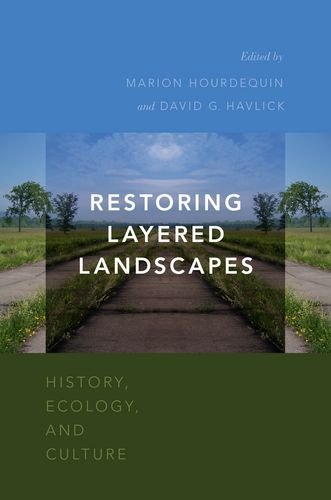(Ebook) Restoring Layered Landscapes: History, Ecology, and Culture by Marion Hourdequin, David G. Havlick ISBN 9780190240318, 0190240318
Restoring Layered Landscapes brings together historians, geographers, philosophers, and interdisciplinary scholars to explore ecological restoration in landscapes with complex histories shaped by ongoing interactions between humans and nature. For many decades, ecological restoration - particularly in the United States - focused on returning degraded sites to conditions that prevailed prior to human influence. This model has been broadened in recent decades, and restoration now increasingly focuses on the recovery of ecological functions and processes rather than on returning a site to a specific historical state. Nevertheless, neither the theory nor the practice of restoration has fully come to terms with the challenges of restoring layered landscapes, where nature and culture shape one another in deep and ongoing relationships.Former military and industrial sites provide paradigmatic examples of layered landscapes. Many of these sites are not only characterized by natural ecosystems worth preserving and restoring, but also embody significant political, social, and cultural histories. This volume grapples with the challenges of restoring and interpreting such complex sites: What should we aim to restore in such places? How can restoration adequately take the legacies of human use into account? Should traces of the past be left on the landscape, and how can interpretive strategies be creatively employed to make visible the complex legacies of an open pit mine or chemical weapons manufacturing plant?Restoration aims to create new value, but not always without loss. Restoration often disrupts existing ecosystems, infrastructure, and artifacts. The chapters in this volume consider what restoration can tell us more generally about the relationship between continuity and change, and how the past can and should inform our thinking about the future. These insights, in turn, will help foster a more thoughtful approach to human-environment relations in an era of unprecedented anthropogenic global environmental change.
*Free conversion of into popular formats such as PDF, DOCX, DOC, AZW, EPUB, and MOBI after payment.


